Novo Nordisk, a Danish multinational pharmaceutical company, was working towards streamlining their processes of getting new drugs on the market. Their long-term goal is to reduce the time this takes from approximately nine months to four days. Our team at Amsterdam Data Collective (previously DAMVAD Analytics) helped them move towards their goal by developing a system of digital patients. These simulate patients’ paths through clinical trials. They are now working with a new, user-friendly application that they can further expand on in the future.

The Challenge
Our client, Novo Nordisk, draws upon insights from patients and partners to transform ideas into life-saving and preventative medicines. Their primary focus is on the global treatment of five diseases: obesity, type 1 diabetes, type 2 diabetes, haemophilia, and growth disorders. Furthermore, they are expanding into new therapy areas. However, preparing for clinical trials is a tedious and error-prone process. Since realistic data is only available late in the trial conduct, it typically takes between six and nine months after clinical trials to prepare for submitting the drug application to the authorities.
As a pharmaceutical company, it is important to get your drugs on the market and to the patients quickly. Consequently, Novo Nordisk asked us to help them shorten this process by cutting down the time they spend generating synthetic data before and after clinical trials. Not only will this help them submit their applications to the authorities quicker, but it will also give them longer patent duration.
Prior to a patient appearing in a clinical trial, a system must be in place to ensure proper infrastructure and good quality data. As a result, companies create artificial patients, which they use to test their systems and navigate unexpected variables, such as a patient dropping out of the trial due to pregnancy. Currently, these patients are created manually, taking approximately one day to create one patient journey through a trial. We set out to make an automated system, which can create digital patients (synthetic data) within minutes instead of days to speed up this process and add volume to the test data. The result is an increase in the quality of the data. By automating this process, it is possible to generate enough data to simulate a full trial before it even begins.
The Approach
This project provides a common example of a company navigating their legacy systems: old systems which are not optimal for what they want to achieve. We worked to find a suitable path where Novo Nordisk can continue working with their existing systems without being dependent on them. The obstacle was to figure out how to extract their data and inject it into third-party systems which are poorly documented. Since there was not an clear approach to solve the task, we experimented through trial-and-error.
For the exploration phase, we created an algorithm that generates test data for clinical trials and injects it into Novo Nordisk’s systems. The algorithm automatically reads data from our client’s diverse databases, generates patient information, places it into their system, and checks that it is correct.
Overall, our role was to act as the architect, finding out how we could technically solve Novo Nordisk’s challenge. We worked on developing the framework, acted as data anthropologists through user testing, and provided project management on the technical side. Novo Nordisk also had a project manager taking care of the internal stakeholder landscape. Furthermore, we helped them decide how to present the final solution both internally and, for example, at conferences by providing feedback on the presentation.

The Solutions
Following our trial-and-error approach, we created an extendable python module interfaced to a web app. The web app allows easy generation of synthetic data and tests all corners of the trial. The application aims to make it easier for the client to both implement and integrate the solution in their day-to-day processes.
We tested the newly built application on different internal users, so they know how to operate it. By providing training for Novo Nordisk’s employees in both Denmark and India, they are now able to take over the solution and expand on it in the future.
”They have proven their ability to transform our complex business requirements into a matching technical solution to solve our challenge with a very fast turn-around time. This makes the project efficient and allows the experts to focus on solving the real issues.
Ibrahim Kamstrup-Akkaoui, Vice President of Novo Nordisk
Impact for the Client
Before we collaborated with Novo Nordisk, they had spent several years testing different methods to solve this challenge. Following the completion of this project, they have taken ownership of the solution and are ready to scale it further.
Our solution helps Novo Nordisk reduce the time spent getting a drug on the market. Thus creating a more efficient and streamlined process. For example, it is now possible to spend one hour to test ten digital patients with the click of a button. Previously, this might have taken four to five days of manually entering test data for only five digital patients.
In addition, Novo Nordisk can continue modernising their business processes by using technologies to further implement new ideas. Finally, although this was not their priority, the solution is more cost-efficient than their previous processes.
Learnings
Most pharmaceutical companies are working towards a similar goal of streamlining their processes of getting new drugs on the market. Deciding whether your company should expand on its existing system or wait for a new system and build on top of it is an integral part of the pharmaceutical process.
This project is a good example of how far you can go with limited resources by taking an existing system and extending it through incremental changes. This is far more cost and time effective than changing to an entirely new system. As a result, you can make more radical innovations and develop new methods of optimising your company’s processes. We built this solution within three months with two people, proving that shifting your IT landscape to become more data-driven does not need to be an exhausting process.
Let’s shape the future
Do you want to know more? Get in touch with Asbjørn Boye Knudsen of Amsterdam Data Collective, or check our contact page.

Related Cases
What stage is your organisation in on its data-driven journey?
Discover your data maturity stage. Take our Data Maturity Assessment to find out and gain valuable insights into your organisation’s data practices.






